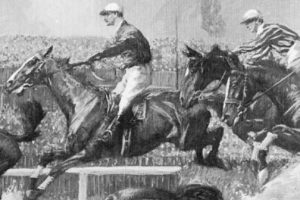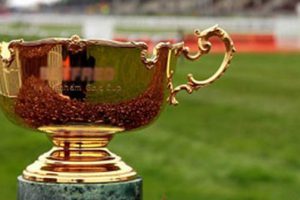Just over a week ago, American trainer Doug O’Neill agreed to serve a 45 day suspension after a horse of his tested positive for an illegal substance in its system.
The punishment came after his horse, I’ll Have Another, won both the Kentucky Derby and the Preakness Stakes this year – yet this is not the first time this has happened to O’Neill.
Even more surprisingly, the 44-year-old isn’t the first horse trainer to be discovered to use drugs to make horses run faster, or quite shockingly, run without pain.
In the horse racing world, there are hundreds of illegal substances available: not only that, but they are particularly dangerous to the overall health of a racehorse.
The drugs can numb pain and will therefore prevent a horse from feeling it from an existing injury. As a result, the thoroughbred will keep running as fast as it can, leading to breakdowns and even death.
Tom Udall, Senator for New Mexico, chaired a Senate Commerce committee hearing nearly two weeks ago and proposed legislation to ban race-day medication in the sport.
He said: “The chronic abuse of horses with painkillers and other drugs is just plain wrong and it is dangerous.
“An injured horse, feeling no pain, continues to charge down the track. This endangers every horse. It endangers every rider. And, in the long run, it endangers the sport itself … Congress should not tolerate doping and cheating in interstate horse racing.”
Dermorphin, known as frog venom, hit the headlines only recently after news came from Louisiana and Oklahoma about it being found in the systems of a few racehorses.
It is said to be 30 to 40 more times as powerful than morphine.
As there is a zero-tolerance rule in horse racing, punishment is immediately put into action. It is a sport where people can gamble the outcome, resulting in increased scrutiny of a race.
I’m not saying that every trainer in the sport uses illegal substances: in fact, with thousands of races occurring every year, it’s quite a rare occurrence that performance-enhancing drugs are used.
Not only does doping a horse put that particular thoroughbred in danger, but also the other contenders on the field.
I therefore believe that O’Neill’s suspension was the correct thing to do as a result of the doping. However, I think suspensions should serve as warnings: if it happens within a certain number, a ban should be put into place.
After all, it is the health of a horse that needs to come first in the sport.










